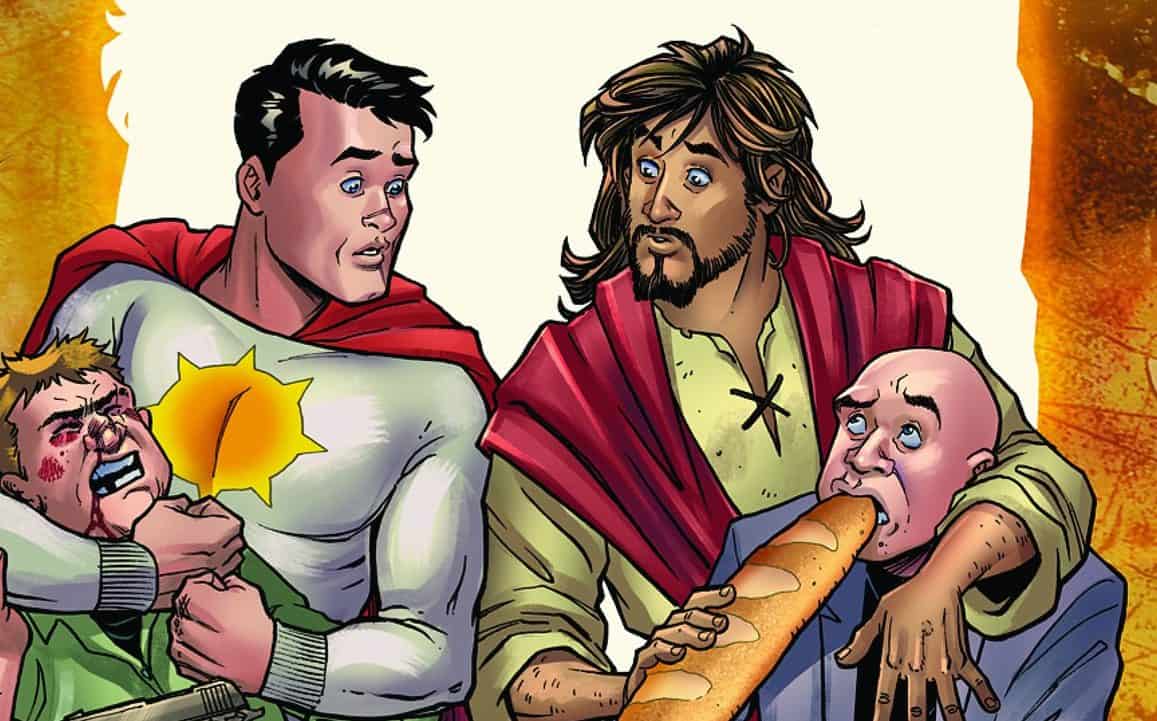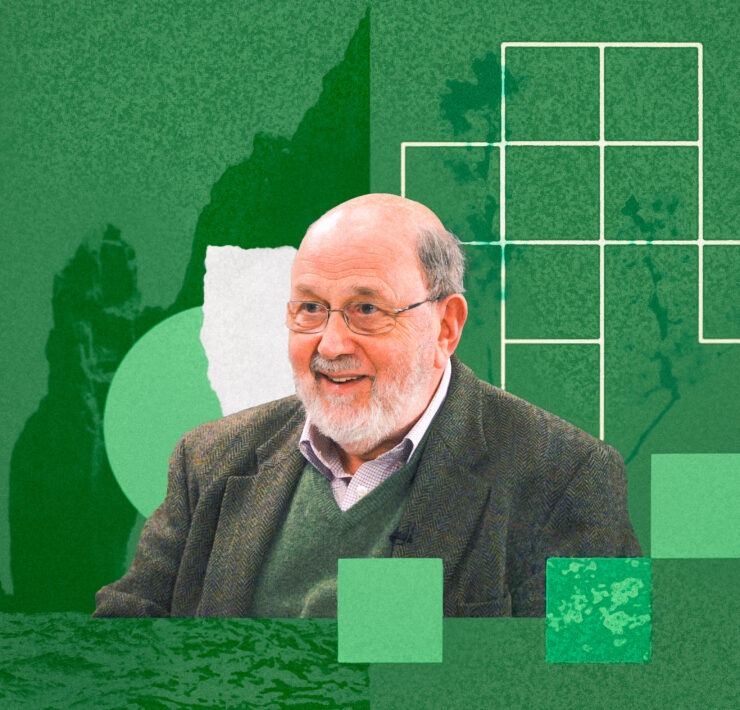
You’ve heard the story before: A group of Christians puts up a monument of the Ten Commandments in a public space or on government property.
Someone says it violates the separation of church and state.
The Christians say taking it down would violate their freedom of speech.
There’s some back and forth in court and both sides say some not-so-great things about the other.
Rinse and repeat.
But how many times have you seen Christians trying to post the text of the sermon on the mount in a public place? Or the all-encompassing commandment Jesus gave us?
“A new command I give you: Love one another. As I have loved you, so you must love one another.” —John 13:34
The one commandment!
Doesn’t have the same ring to it, does it? But if we’re going to create a monument to stand as a testament to our faith, shouldn’t it at least be a monument of something that actually applies to us?
Hear me out.
The Ten Commandments are from the old covenant
The Ten Commandments played a significant role in God’s creation of the nation of Israel. It gave them moral guidelines and helped separate this new nation from their neighbors. This was part of the formal agreement (or covenant) God created with his people, but Jesus’ death and resurrection signaled the end of that covenant and all the rules and regulations associated with it.
Jesus didn’t issue his new command as an additional commandment to the existing list of commands.
He didn’t say, “Here’s the 614th law.”
Jesus issued his new commandment as a replacement for everything in the existing list. Including the big ten. Just as his new covenant replaced the old covenant, Jesus’ new commandment replaced all the old commandments.
Participants in the new covenant (that’s Christians) are not required to obey any of the commandments found in the first part of their Bibles. Participants in the new covenant are expected to obey the single command Jesus issued as part of his new covenant: as I have loved you, so you must love one another.
The new covenant replaced the old one. The covenant established by Jesus retired the covenant God established with the nation of Israel. This is why most Christians don’t mind a little bacon with their eggs. It’s why you can’t get either at Chick-fil-A on Sunday. (If we were still taking our marching orders from the old covenant, they would be closed on Saturday.)
Thanks to the new covenant, we aren’t required to sacrifice animals to stay on speaking terms with God. Skim through Leviticus and you’ll discover a whole lot of things we aren’t required to do.
We need to stop mixing the old with the new.
The church has a terrible habit of selectively rebranding aspects of the old covenant and smuggling them into the new.
The blended model began as early as the second century when church leaders essentially kidnapped the Jewish Scriptures and claimed them as their own. In the fourth century, following the legalization of Christian worship under Constantine, church officials began leveraging old covenant concepts to validate the creation of an imperial form of church.
During this same period, the church began doing to pagans what pagans had done to the church. By the eleventh century, the church offered “get out of hell free” cards to anyone who would join a crusade. By the fifteenth century, the church was at war with itself over theology. Entire villages were razed in the name of a version of Christian theology. Over and over, Christianity was weaponized in Jesus’ name.
Wherever and whenever the old was blended with the new, unchristian behavior and attitudes ensued.
The modern church suffers from its own version of mix-and-match theology and practice. We have an incessant habit of reaching back into old covenant concepts, teachings, sayings, and narratives to support our own teachings, sayings, and narratives.
The justifications Christians have used since the fourth century to mistreat people find their roots in old covenant practices and values. Imagine trying to leverage the Sermon on the Mount to start an inquisition, launch a crusade, or incite a pogrom against Jews. But reach back into the old covenant, and there’s plenty to work with.
The early church moved past the old covenant—why haven’t we?
It took the early church more than twenty years to officially disengage from the old covenant. This is entirely understandable. First-century church leaders were Jewish. The old covenant was more than a religious framework. It had been a way of life from childhood. But thanks to the clarity of Paul, the experience of Peter, and the leadership of James, the church eventually abandoned the old for the new Jesus came to inaugurate.
These early church leaders understood something we’ve forgotten—or have missed entirely.
While Jesus was foreshadowed in the old covenant, he did not come to extend it. He came to fulfill it, put a bow on it, and establish something entirely new. The “new” Jesus unleashed made the faith of first-century believers formidable. Their apologetic was irrefutable. Their courage, unquestionable. And the results were remarkable.
Dear Christian reader: Why? Why? Why would we even be tempted to reach back beyond the cross to borrow from a covenant that was temporary and inferior to the covenant established for us at Calvary?
The author of Hebrews says it best. Jesus was the “guarantor of a better covenant” (Hebrews 7:22). Later he writes, “the new covenant is established on better promises.”
Besides, you weren’t included in the old covenant to begin with!
So why are we fighting to build monuments to it?
Andy Stanley’s new book Irresistible is available now. You can purchase it here.






















